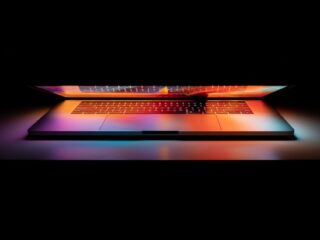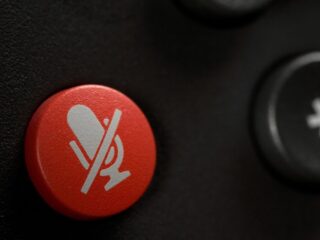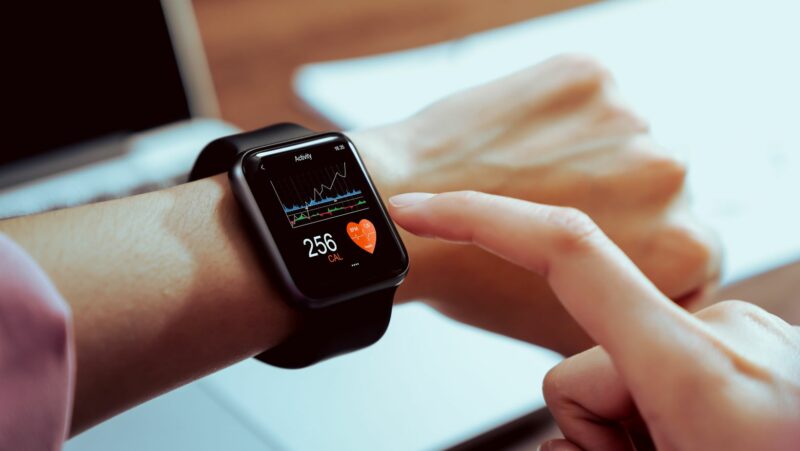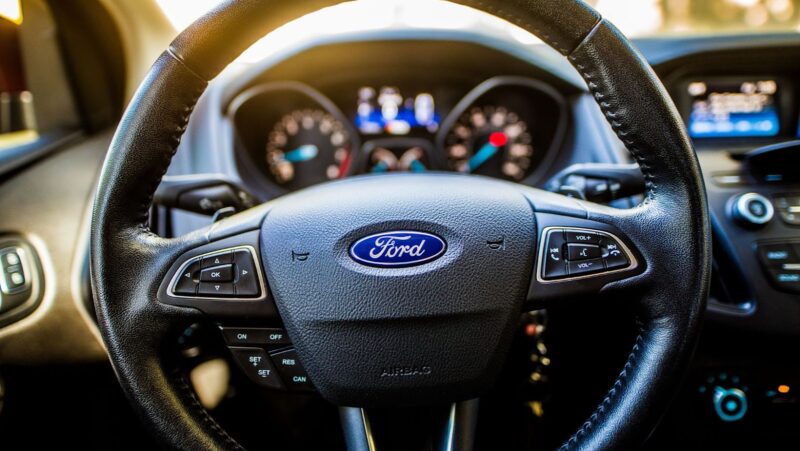
1. Connect the flash drive to your computer.
2. Open a Finder window and locate the flash drive under Devices in the sidebar.
3. Drag the files you want to transfer to the flash drive’s window.
4. When the files are finished transferring, eject the flash drive by clicking the Eject button next to its name in the Finder sidebar.
How to create a bootable USB flash drive on Mac
1. Connect the USB flash drive to your computer.
2. Open a Finder window and locate the USB flash drive under Devices in the sidebar.
3. Click the File menu and select New > Disk Image from [device name].
4. Select Master Boot Record as the image format, and click Continue.
5. Name the disk image and click Save.
6. When the image has been created, eject the USB flash drive by clicking the Eject button next to its name in the Finder sidebar.
7. Connect the USB flash drive to your Mac again, and open Terminal.
8. Type sudo dd if= of=/dev/diskN, where N is the number of your USB flash drive. Be sure to replace /dev/diskN with the actual name of your USB flash drive.
9. Press Enter and type your password when prompted.
10. The bootable USB flash drive will be created in a few minutes. When it’s finished, eject the USB flash drive by clicking the Eject button next to its name in the Finder sidebar.
How to delete files off a flash drive on Mac
To delete files off a flash drive on Mac, please follow these instructions:
1. Connect the USB flash drive to your computer.
2. Open a Finder window and locate the USB flash drive under Devices in the sidebar.
3. Click on the Flash Drive in the sidebar and open it.
4. Drag the files you want to delete to the Trash icon in the Dock.
5. When the files are deleted, eject the USB flash drive by clicking the Eject button next to its name in the Finder sidebar.
How to use a flash drive as memory expansion on Mac
Problem: Your Mac is running out of storage space and you don’t want to delete any of your files or apps.
Agitate: It’s frustrating when your computer starts to run slowly because you’re out of storage space. You have to delete old files or apps you no longer use just to make room for the new stuff.
Solution: Use a flash drive as memory expansion on Mac. This will add more storage space to your computer without having to delete any of your files or apps. Just connect the flash drive to your Mac and drag-and-drop the files you want to save onto the drive.
How to format a flash drive on Mac
1. Connect the USB flash drive to your computer.
2. Open a Finder window and locate the USB flash drive under Devices in the sidebar.
3. Click the File menu and select New > Disk Image from [device name].
4. Select Mac OS Extended (Journaled) as the image format, and click Continue.
5. Name the disk image and click Save.
6. When the image has been created, eject the USB flash drive by clicking the Eject button next to its name in the Finder sidebar.
7. Connect the USB flash drive to your Mac again, and open Terminal.
8. Type in “sudo dd if=image.img of=/dev/rdisk1 bs=1m” (without quotes), replacing “image.img” with the name of the disk image you created in step 5, and “/dev/rdisk1” with the name of the USB flash drive on your computer.
9. Hit Enter, and type in your password when prompted.
10. Wait for the image to be copied to the USB flash drive.
11. When it’s finished, eject the USB flash drive by clicking the Eject button next to its name in Terminal.











